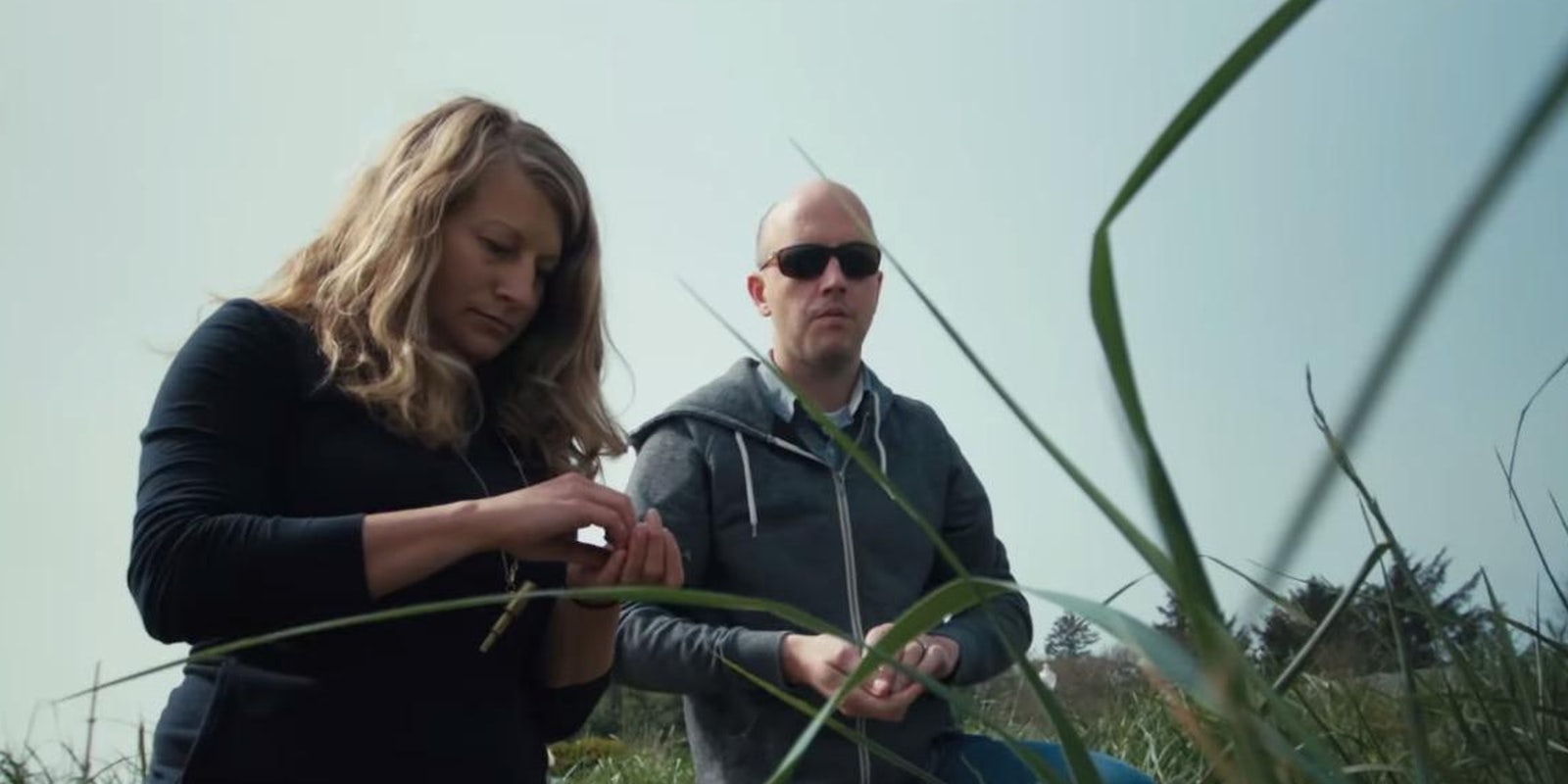The very term “foraging” conjures up an image some survivalist living off of wild berries, acorns, and tree bark during a trek through the wilderness or a year off the grid.
But add a bit of spit and polish and a dash of cool foodieness, and you have the what’s-old-is-new trend of food foraging—a concept/passion/way of life for a growing number of adventurous gastronomes and high-end diners. Food foraging is in vogue as we attempt to eat healthier, know more about the food ecosystem around us, and, in the case of serious chefs, experiment with new ingredients and flavor profiles.
Food foraging can be an active sport in which a gatherer, armed with bags or baskets, can traipse about their local area to find hidden gems or wander off into less urban settings and hunt for truly unusual herbs, grasses, lettuces, edible plants, and fungi. Those who live near coastal regions also can find sea grasses, mussels, and indigenous, odd-looking (yet delectable) foodstuffs. No matter what the targeted area, safety is the best policy: As every guidebook, video or topical online bulletin board clearly states, if you don’t know what it is, don’t eat it.
YouTube and other video providers help make food foraging accessible to all. As a guide to food foraging, you can parse the trend into three categories: urban foraging, or hunting and gathering in your own local area; foraging in the wilds; and professional foraging, for restaurateurs heading out to harvest unusual foodstuffs for use in traditional or experimental dishes.
No matter whether you are picking berries along the road or finding exotic varieties of mushrooms, the motto “know before you go” holds true. Here are a few videos to provide some useful Foraging 101 advice.
Basic guides to foraging
The School of Self Reliance offers this excellent tutorial on where to find various edible plants and how to distinguish the tasty ones from the ones ready to do you harm.
More of an animated slide show than an expository video, this guide to wild edible plants should be viewed before heading out into the field.
Across the pond
The Brits are really into foraging, so across the pond they are way ahead of the curve with a number of superb videos on the topic. In this lengthy but helpful video, Welsh actor Oliver Wood provides a thorough lesson how to identify savory items and how they can be used in a variety of dishes.
Similarly, Thom Hunt, whose U.K. company 7th Rise provides woodland adventures, combs the Cornish wilds, not only identifying wild edibles, but also showing how they can be used in salads, stews, and seafood preparations.
Foraging in your community
The Web has become a haven for urban foragers with many sites that offer maps and even Meetups—such as one in Los Angeles—where folks meet online and show there’s safety in numbers when looking for out-of-the-ordinary treats. Ava Chin, author of the book Eating Wildly: Foraging for Life, Love, and the Perfect Meal, has a succinct definition of urban foraging.
As one might expect, Seattle—a major foodie center—is at the bleeding edge of the edibles craze. Volunteers have created the Beacon Food Forest, an urban permaculture project that provides food for the community as well as land for individuals to plant and share with others.
For a bit of added color on urban foraging, multimedia journalist Cory J. Popp followed foraging David Siller in and around Philadelphia as he finds wild plants and berries that he says we walk by every day.
Foraging in professional kitchens
As we move up (or is it down?) the food chain, any lover of good eats will enjoy skilled chefs who find unusual items that can be used to delight the tastebuds of discriminating diners.
At the top of the list is a segment from Anthony Bourdain’s CNN show, Parts Unknown, where he samples cuisine that includes foraged goods gathered by renowned Danish chef Rene Redzepi. As Bourdain says, “How does this nice, down-to-earth guy rise to the top of the food world, all while presenting things that no one could possibly think would taste that good?”
Revered in food circles, Chef Justin Wells of Restaurant Beck in Depoe Bay, Ore., has a bounty of edible greens and odd seafood creatures outside his back door. You have not lived until you have tried sea peas or beach purslane.
Extra credit: The truffle shuffle
No story about foraging for food would be complete without a word or two about truffle hunting. Harvesting this wildly expensive fungus requires a lot of patience, an experienced truffle hunter, and usually a dog with an extraordinary sense of smell. This rather crudely made video follows one high-end harvester at work. While the audio is in French, turn on YouTube’s closed captions for English subtitles.
That’s the tip of the wild iceberg when it comes to foraging. Next time you walk past that berry bush during your morning constitutional, maybe you’ll be inspired to reach down and take a sample—but watch some of the videos above to avoid needing a bottle of ipecac.
Bon appetit.
Screengrab via PBS Food/YouTube
